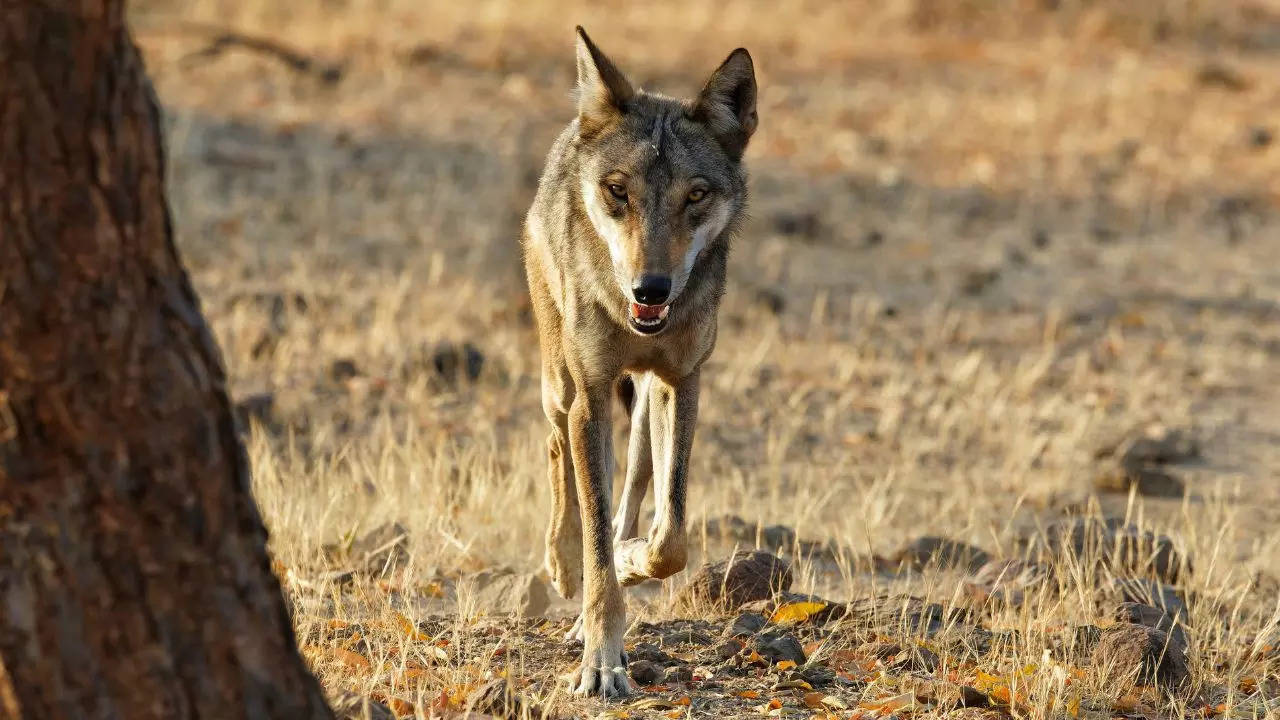
New Delhi: Viral diseases such as rabies or canine distemper virus could be responsible for the rise in wolf attacks in Uttar Pradesh’s Bahraich district, according to the International Big Cat Alliance – a multi-country, multi-agency coalition aimed at conserving big cat speciies and their habitats. The exact reason, however, can only be determined through a proper analysis of the captured animals, SP Yadav, head of the International Big Cat Alliance, said.
A pack of six wolves has killed eight people and injured more than 20 in 50 villages across the Bahraich district, a traditional wolf habitat, since mid-July.
"It is a one-off incident; it is not a regular occurrence. There must be a rabid animal or something similar that triggered this issue. Normally, this does not happen. I believe it is the first such incident in the past 10 years. The forest department is conducting surveys to identify the problematic animal," Yadav said.
Yadav has previously overseen Project Tiger and Project Cheetah.
He said that rabies and canine distemper virus may be thr reason the wolves were losing their fear of humans.
ALSO READ: Not Drones, THIS Technique Was Used To Capture Fifth Man-Eater Wolf In UP’s Bahraich
"It is important to capture the animal, analyse the sample, and diagnose the issue properly to determine the reason," Yadav told PTI editors at the agency's headquarters in Delhi.
Referring to the wolves terror in the UP district, Yadav said even big cats like tigers occasionally become "man-eaters" when they are under distress. This is not a common occurrence, he said.
"Hunting requires a lot of energy. It is not easy. So, when they get older or are unable to hunt in the wild, they may target easy prey like cattle. Similarly, if their canines are broken or their paws injured, they may attack humans or livestock only when they are in distress," Yadav, who is a former member secretary of the National Tiger Conservation Authority (NTCA), said.
"In most cases, the tiger confuses people crouching in fields with deer or other prey," he said.
A fifth wolf was captured Tuesday as part of the ongoing 'Operation Bhediya' in Bahraich's Mahasi tehsil.
The officials traced the wolf near the Ghaghra River, close to Harabnspur village, using pugmark tracking techniques.
To track the movement of the pack, the department has deployed 165 forest personnel and 18 shooters, with thermal camera-equipped drones and snap cameras aiding the search.

